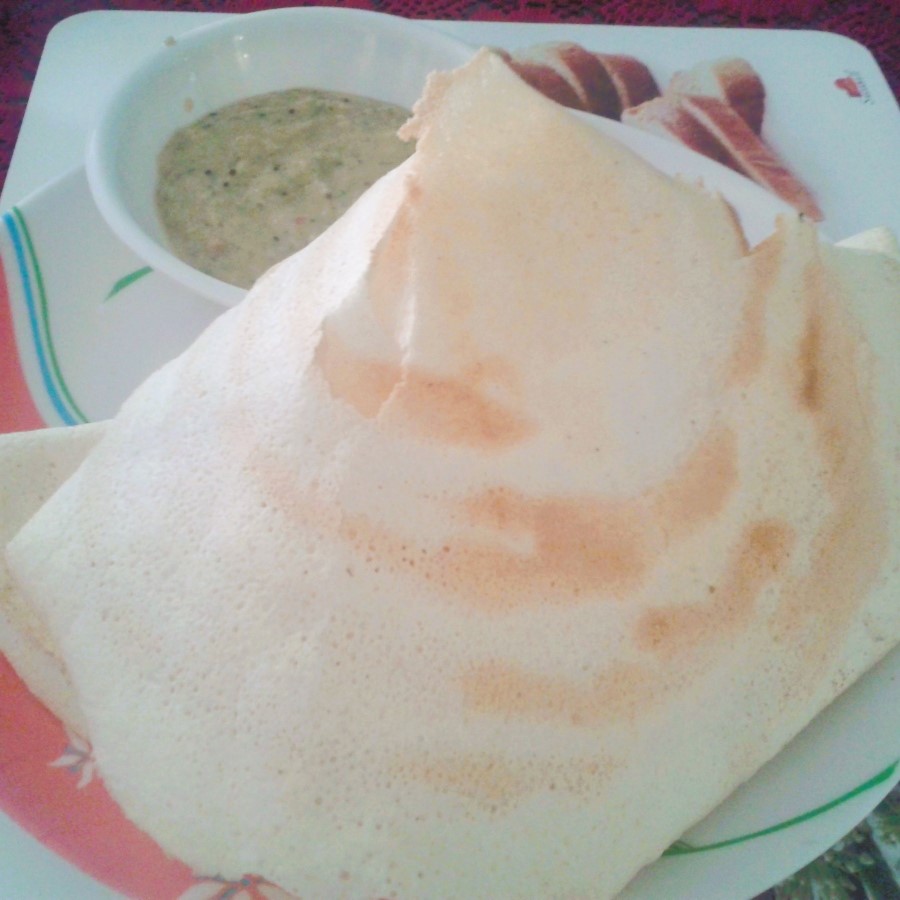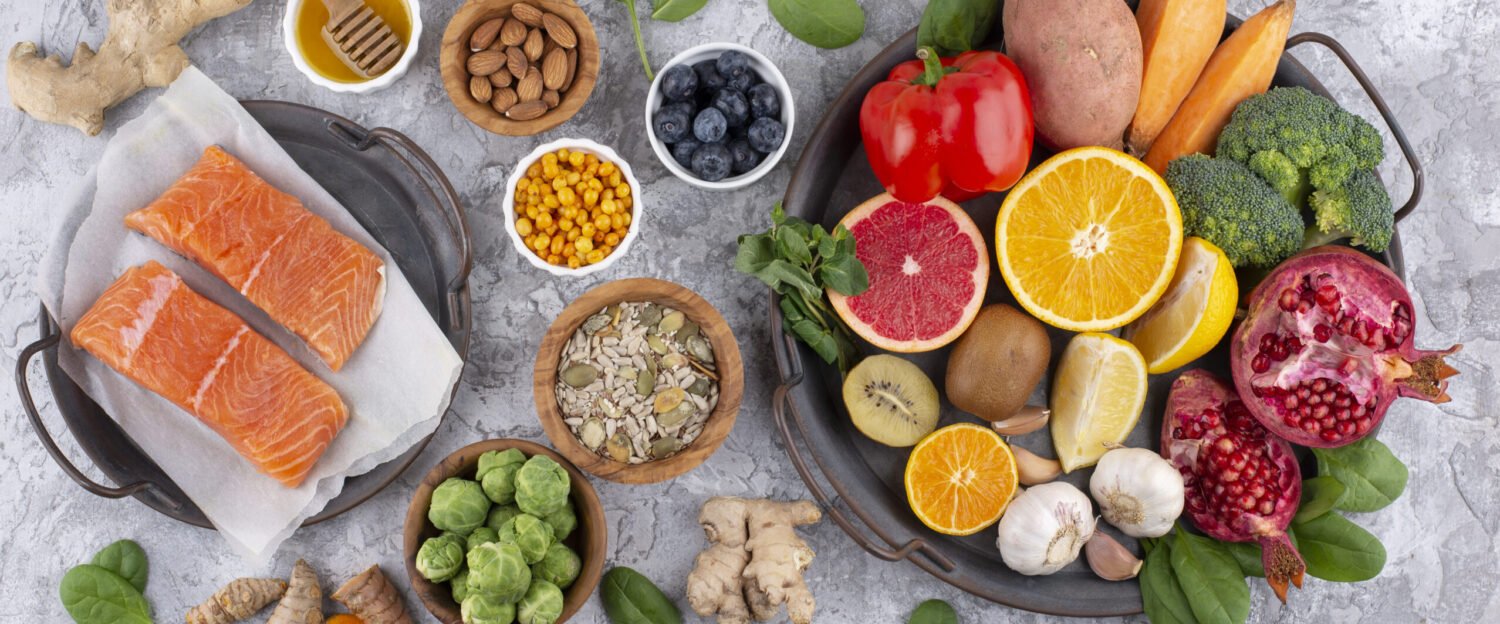Table of Contents

Introduction:
Plain dosa is a popular South Indian dish made from fermented rice and urad dal batter. It is a thin, crispy pancake-like creation that is a staple in South Indian cuisine. Dosa, a famous south indian breakfast and made everyday at home. Dosa is simple to make and can be made with different varieties like masala dosa, onion, rava dosa. Now a days, 100 types of dosa are made in hotels and restuarants. Dont worry, you can experiment more dosas at home only by following dosa varieties.Here are some key details about plain dosa:
Key points to make Plain Dosa:
Ingredients:
- Rice: Usually a combination of parboiled or regular rice varieties.
- Urad Dal (Split Black Gram): This lentil is soaked and ground along with the rice to create the batter.
- Fenugreek Seeds: Sometimes included in the batter for flavor and fermentation aid.
- Salt: Essential for seasoning the batter.
Preparation:
- Soaking: Rice and urad dal are soaked separately for several hours. Fenugreek seeds may be included with the urad dal for soaking.
- Grinding: After soaking, the urad dal is ground into a smooth, fluffy paste. The rice is ground to a fine, slightly grainy consistency.
- Fermentation: The two ground pastes are mixed together with salt and left to ferment overnight or for several hours. This fermentation process gives dosa its characteristic tangy flavor and makes it easier to spread on the griddle.
Cooking:
- Heating the Griddle (Tava): A flat, round griddle or tava is heated. Traditionally, it’s made of cast iron, but non-stick versions are also used.
- Pouring and Spreading Batter: A ladleful of the batter is poured onto the hot griddle and spread in a circular motion to form a thin, even layer.
- Drizzling Oil: Oil or ghee (clarified butter) is drizzled over the dosa to make it crispy.
- Cooking: The dosa is cooked until it turns golden brown and crisp on one side.
- Optional Flip: Some cooks flip the dosa briefly to ensure it’s cooked on both sides, but many prefer to cook it on just one side for a crispy texture.
Serving: Dosa is typically served hot with a variety of accompaniments. Common options include sambar (a lentil and vegetable stew), coconut chutney, tomato chutney, and various types of pickles.
Variations:
- Masala Dosa: This is a popular variation where a spiced potato filling is placed in the center of the dosa before folding it.
- Rava Dosa: This dosa is made with a batter that includes semolina (sooji) for a quicker preparation.
- Set Dosa: These are smaller, thicker dosas that are often served in sets of 3 or 4.
Preparation Method for Dosa:
- Wash the rice and urad dal, soak for 4-5hrs till they become soft to grind
- Grind the soaked rice, urad dal into fine paste/ batter. Add water in between to make smooth and loose batter
- After that, remove the batter to a bowl and add some salt to it
- Heat tawa, spread the little oil with the onion chopped on oneside. So that dosa can be made crispy.
- Put some batter on the hot tawa and spread the batter on it by rotating spoon clockwise/ viceversa
- Sprinkle very little oil around the dosa
- When it separate from tawa and become light brown in color serve the dosa in a plate with coconut, tomato, gram flour chutneys
Related Posts:
Plain Dosa
Ingredients
- 1 cup regular white rice
- 1/2 cup urad dal split black gram
- 1/2 teaspoon fenugreek seeds
- Salt to taste
- 1/2 cup Flattened Rice Soaked
Instructions
For Dosa Batter:
- Wash the regular and parboiled rice, urad dal, and fenugreek seeds separately. Soak them in water for 6-8 hours.
- Grind the urad dal and fenugreek seeds, soaked flattened rice into a smooth, fluffy batter. Transfer it to a large bowl.
- Grind the rice into a slightly grainy consistency. Mix it with the urad dal batter, adding salt.
- Cover the bowl and allow the batter to ferment in a warm place for 8-12 hours or overnight.
Making Dosas:
- Heat a non-stick dosa griddle or tava over medium-high heat. Sprinkle a few drops of water to check if it’s hot enough – if it sizzles and evaporates, the griddle is ready.
- Pour a ladleful of dosa batter in the center and spread it outwards in a circular motion to create a thin, even layer.
- Drizzle a little oil or ghee around the edges and cook until the dosa turns golden and crisp on the bottom.
- Flip the dosa and cook for another minute on the other side if you prefer a fully cooked dosa.
- Serve the dosa hot with the coconut-coriander chutney.
Notes
Nutrition:
The nutritional content of a plain dosa can vary depending on factors such as the specific recipe, cooking method, and portion size. Here is an approximate breakdown of the nutritional values for a typical plain dosa (around 50 grams in weight):
| Calories: 100-120 kcal |
| Carbohydrates: 20-25 grams |
| Protein: 2-3 grams |
| Fat: 0.2-0.5 grams |
| Fiber: 1-2 gram |
It’s important to note that these values are estimates and can vary based on factors such as the specific ingredients and their quantities used in the dosa batter, as well as how it’s cooked (with or without oil, for example).
Additionally, when consuming dosa, it’s common to pair it with accompaniments like chutneys, sambar, or other side dishes. These additions will contribute additional nutrients and calories.
If you have specific dietary concerns or are following a particular diet, it’s a good idea to consider the ingredients used in your specific dosa recipe and adjust your portion sizes accordingly. If you’re looking for precise nutritional information, you may also consider using a nutrition calculator with your exact recipe and ingredient measurements.
